The following is adapted from an essay written by Certain Days collective member and current Chicano political prisoner Xinachtli on the 101st anniversary of Magón’s death.
My dreams of beauty and my beloved visions of a humanity living in peace, love, and liberty . . . will not die with me. Where there is on our Earth a painful heart or an eye full of tears, my dreams and visions will live. — Ricardo Flores Magón
Born in Mexico to Indigenous Oaxacan parents, Ricardo Flores Magón was one of the primary forces behind the Mexican Revolution of 1917, alongside Pancho Villa, Emiliano Zapata, and Práxedis Guerrero. He organized the Partido Liberal Mexicano, was a tireless activist and journalist, and he started the widely read newspaper, Regeneración, a revolutionary theoretical journal addressing contemporary Mexican issues and humanity as a whole. He referred to a “three headed hydra” as the monster of capitalism, the state, and clergy.
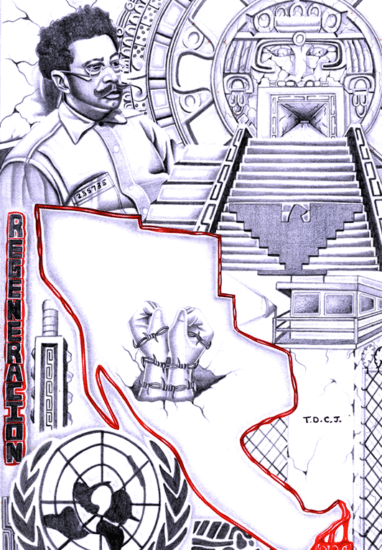
Artwork of Ricardo Flores Magón by political prisoner Xinachtli, featured in the 2024 Certain Days: Freedom for Political Prisoners calendar. Source: Certain Days
Regeneración boldly criticized the injustices of Mexico’s dictatorship and sought to build a popular people’s movement. His movement activism suffered continuing government repression resulting in arrest and imprisonment. He was exiled to the United States but both governments, Mexico and the U.S., hunted him as he organized insurrections south of the border and in Los Angeles, El Paso, and San Antonio.
Magón was arrested and convicted in a Los Angeles federal court for his revolutionary manifestos, writings, letters, speeches, and his calls for revolution on both sides of the border. He was convicted of “seditious conspiracy” and espionage during the Red Scare that targeted leftists, anarchists, labor organizers, and communists. Magón was sentenced to 20 years and was imprisoned at the federal prison in Leavenworth, Kansas — known as the “University for Revolutionaries.”
A political prisoner support movement was born, led by Emma Goldman, Eugene W. Debs, and the Industrial Workers of the World (IWW) to free Magón and other “Magonistas.” However, on November 21, 1922, Magón was assassinated, strangled through his prison cell bars as he slept. Prisoners there accused the government and their inmate mercenaries as being responsible for his murder.
Although Ricardo Flores Magón was killed by the government, he will live forever in our minds and hearts, in time immemorial, for — as this tribute shows — racism, capitalism, imperialism, nor fascism, will ever kill our dreams for a better world.
Additional Resources
Articles, Letters, Plays, and more by Ricardo Flores Magón
The Life and Legacy of Ricardo Flores Magón by Gonzalo Santos at Latino Rebels
As part of the Zinn Education Project’s Teach the Black Freedom Struggle online series, author Kelly Lytle Hernández spoke about Magón, the magonistas, a group of agitators who challenged Mexican dictator Porfirio Díaz in the early 20th century. Watch the recording below.
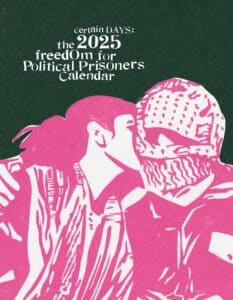 This post was written by the Certain Days: Freedom for Political Prisoners Calendar collective, which is an educational and fundraising project founded in 2001 to raise awareness and funds for political prisoners held in North America. The collective was formed by Black Liberation Army political prisoners Herman Bell and Robert Seth Hayes and white anti-imperialist political prisoner David Gilbert — all of whom have since gained their freedom after decades of incarceration — and outside supporters.
This post was written by the Certain Days: Freedom for Political Prisoners Calendar collective, which is an educational and fundraising project founded in 2001 to raise awareness and funds for political prisoners held in North America. The collective was formed by Black Liberation Army political prisoners Herman Bell and Robert Seth Hayes and white anti-imperialist political prisoner David Gilbert — all of whom have since gained their freedom after decades of incarceration — and outside supporters.


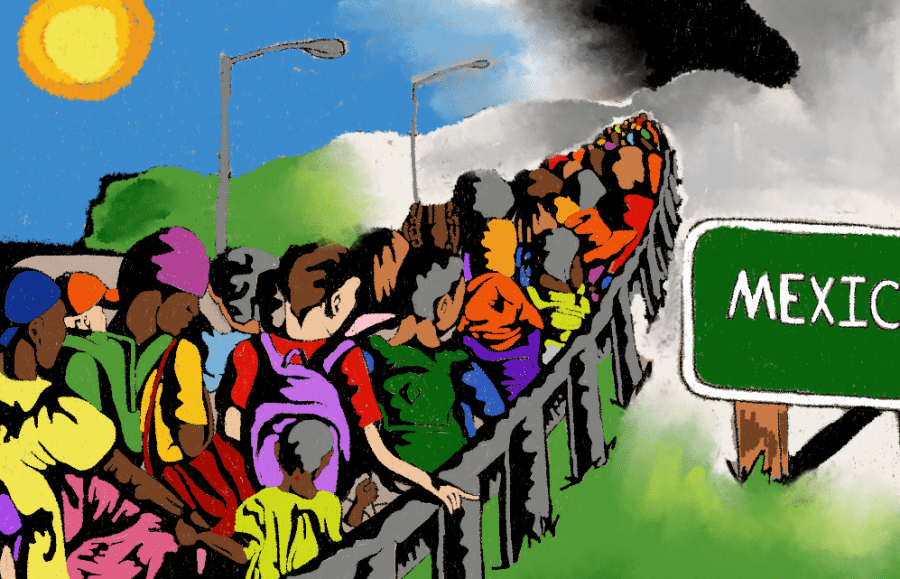
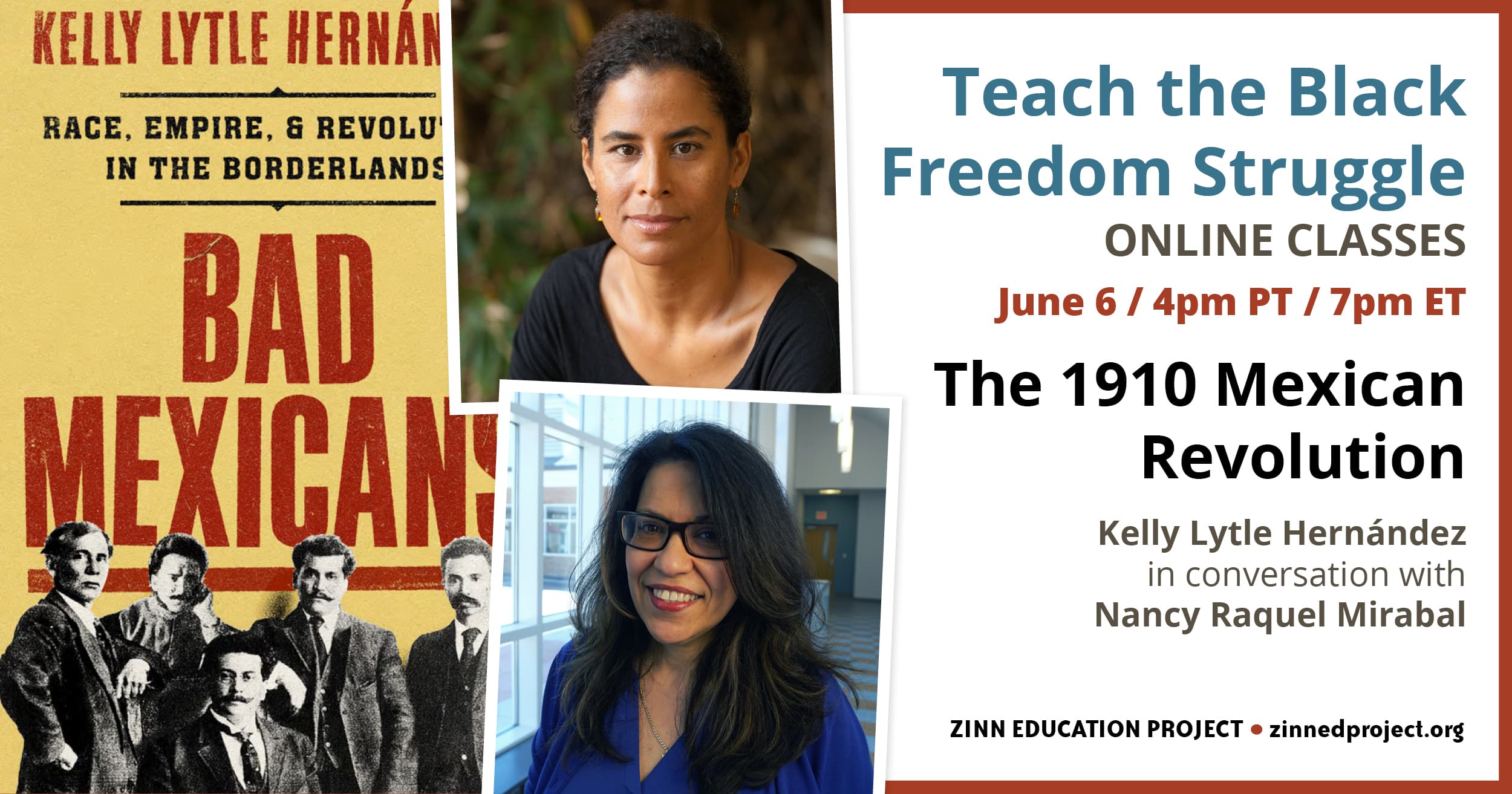
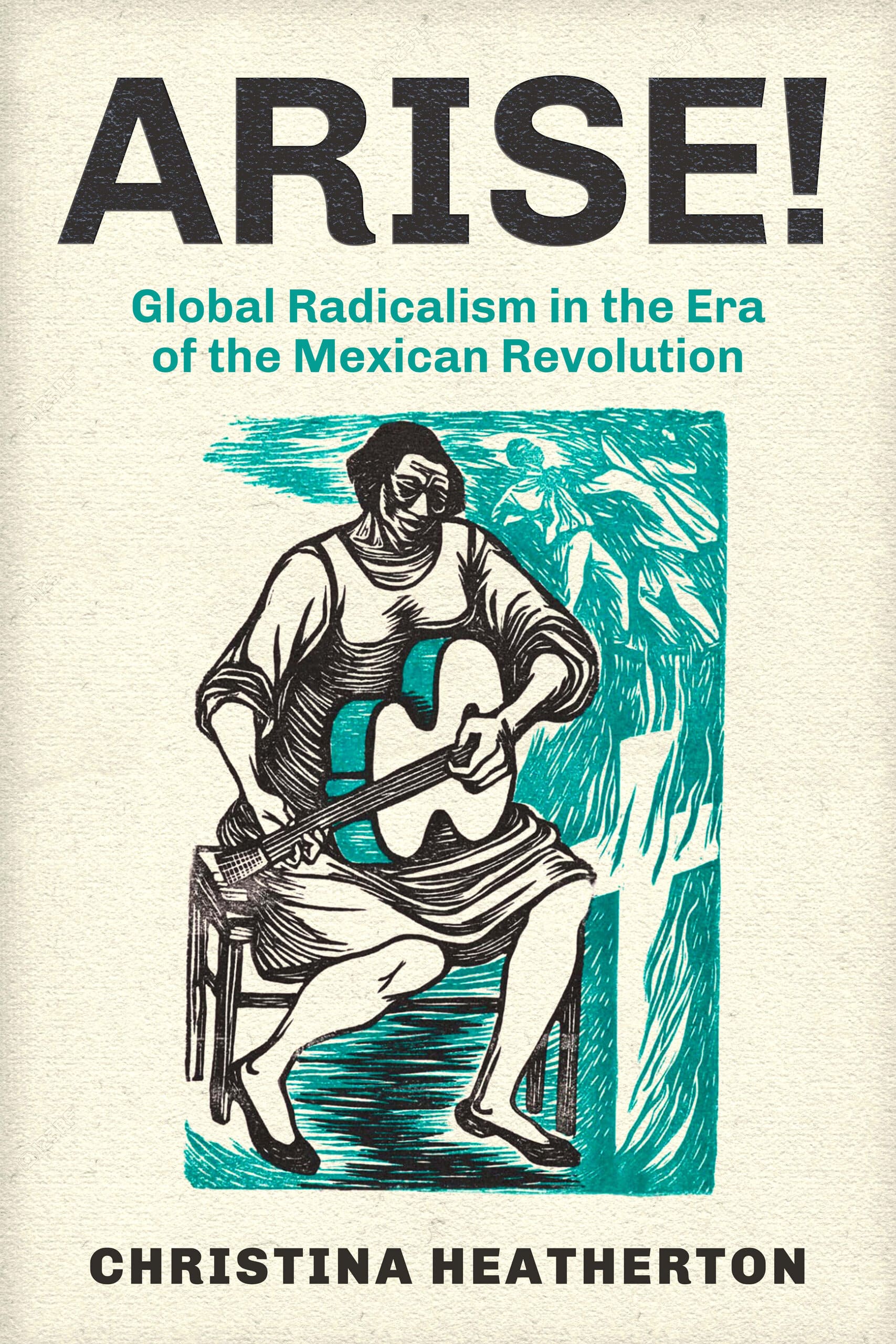
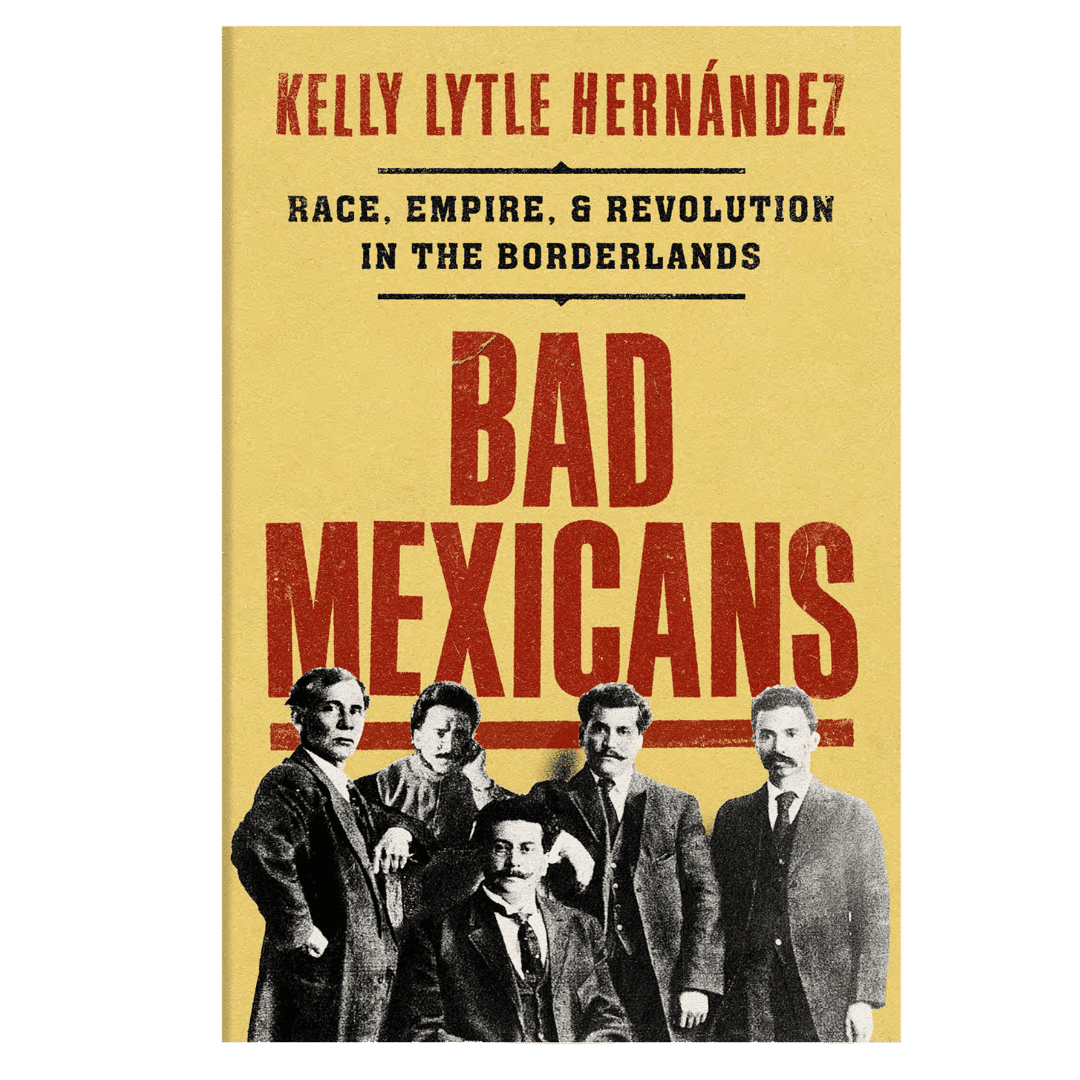
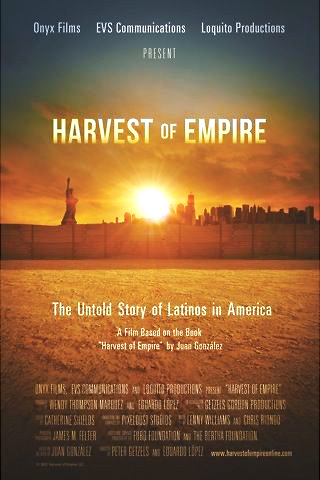

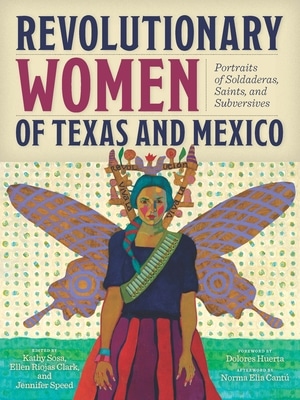

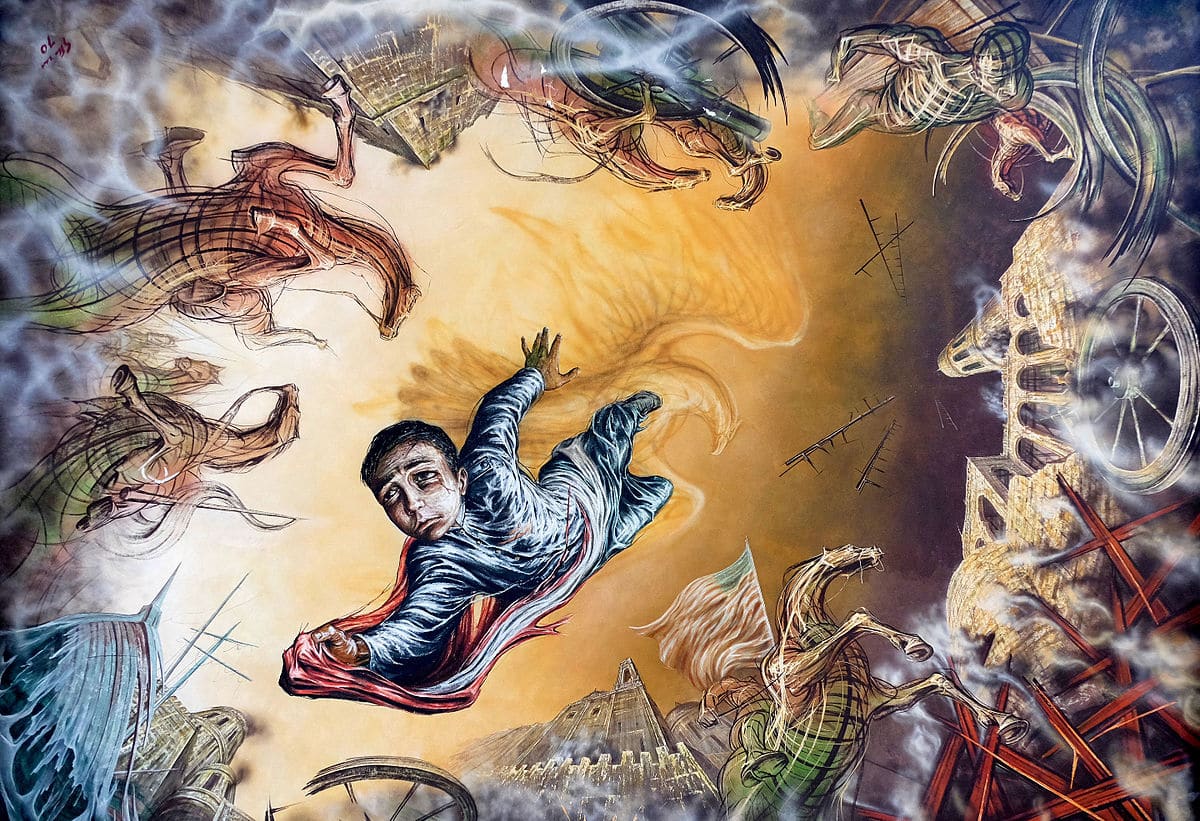
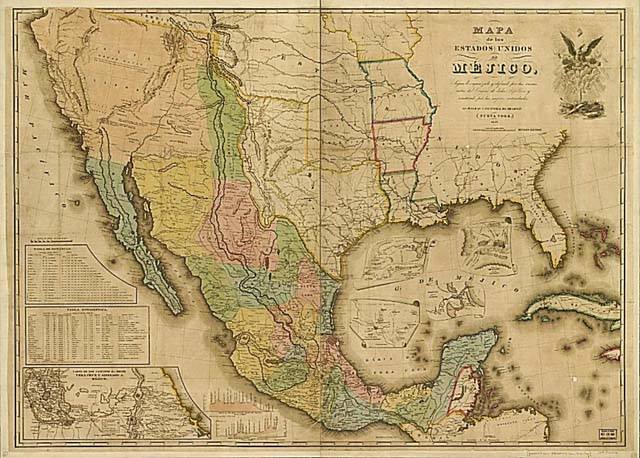
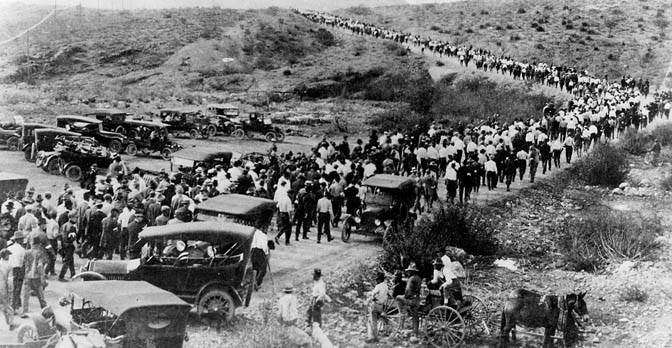
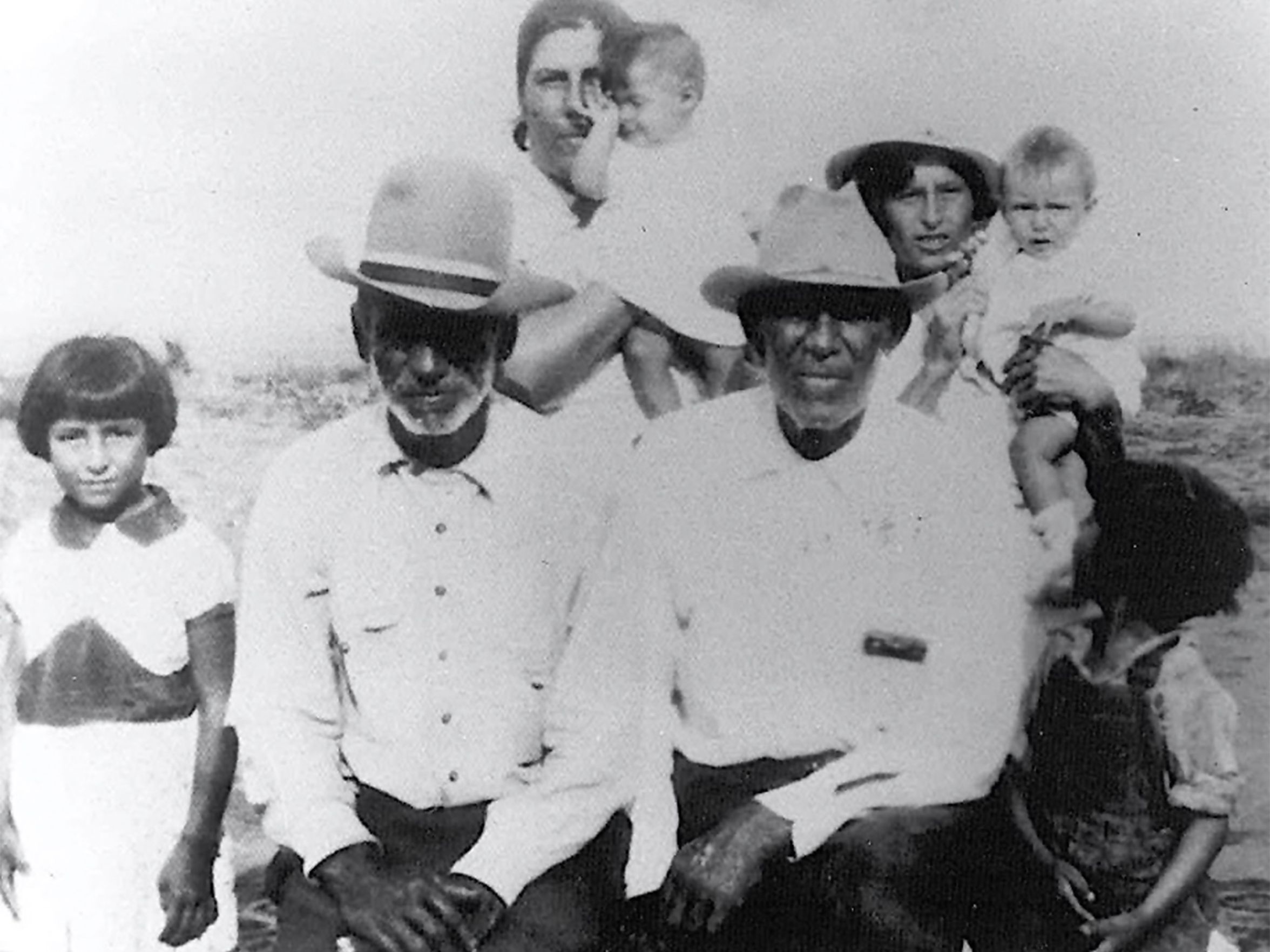





Twitter
Google plus
LinkedIn